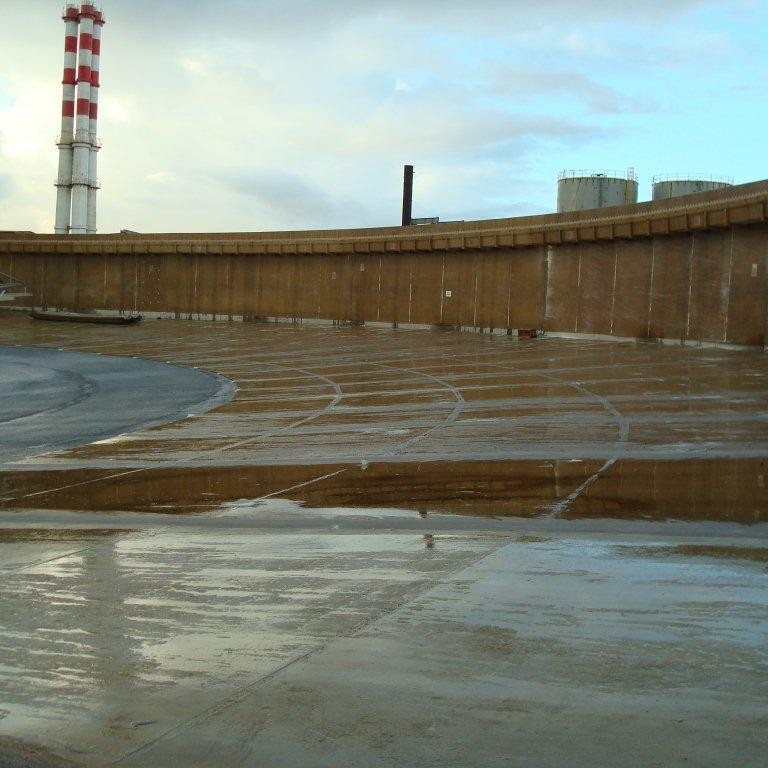
-
 Afrikaans
Afrikaans -
 Albanian
Albanian -
 Amharic
Amharic -
 Arabic
Arabic -
 Armenian
Armenian -
 Azerbaijani
Azerbaijani -
 Basque
Basque -
 Belarusian
Belarusian -
 Bengali
Bengali -
 Bosnian
Bosnian -
 Bulgarian
Bulgarian -
 Catalan
Catalan -
 Cebuano
Cebuano -
 China
China -
 China (Taiwan)
China (Taiwan) -
 Corsican
Corsican -
 Croatian
Croatian -
 Czech
Czech -
 Danish
Danish -
 Dutch
Dutch -
 English
English -
 Esperanto
Esperanto -
 Estonian
Estonian -
 Finnish
Finnish -
 French
French -
 Frisian
Frisian -
 Galician
Galician -
 Georgian
Georgian -
 German
German -
 Greek
Greek -
 Gujarati
Gujarati -
 Haitian Creole
Haitian Creole -
 hausa
hausa -
 hawaiian
hawaiian -
 Hebrew
Hebrew -
 Hindi
Hindi -
 Miao
Miao -
 Hungarian
Hungarian -
 Icelandic
Icelandic -
 igbo
igbo -
 Indonesian
Indonesian -
 irish
irish -
 Italian
Italian -
 Japanese
Japanese -
 Javanese
Javanese -
 Kannada
Kannada -
 kazakh
kazakh -
 Khmer
Khmer -
 Rwandese
Rwandese -
 Korean
Korean -
 Kurdish
Kurdish -
 Kyrgyz
Kyrgyz -
 Lao
Lao -
 Latin
Latin -
 Latvian
Latvian -
 Lithuanian
Lithuanian -
 Luxembourgish
Luxembourgish -
 Macedonian
Macedonian -
 Malgashi
Malgashi -
 Malay
Malay -
 Malayalam
Malayalam -
 Maltese
Maltese -
 Maori
Maori -
 Marathi
Marathi -
 Mongolian
Mongolian -
 Myanmar
Myanmar -
 Nepali
Nepali -
 Norwegian
Norwegian -
 Norwegian
Norwegian -
 Occitan
Occitan -
 Pashto
Pashto -
 Persian
Persian -
 Polish
Polish -
 Portuguese
Portuguese -
 Punjabi
Punjabi -
 Romanian
Romanian -
 Russian
Russian -
 Samoan
Samoan -
 Scottish Gaelic
Scottish Gaelic -
 Serbian
Serbian -
 Sesotho
Sesotho -
 Shona
Shona -
 Sindhi
Sindhi -
 Sinhala
Sinhala -
 Slovak
Slovak -
 Slovenian
Slovenian -
 Somali
Somali -
 Spanish
Spanish -
 Sundanese
Sundanese -
 Swahili
Swahili -
 Swedish
Swedish -
 Tagalog
Tagalog -
 Tajik
Tajik -
 Tamil
Tamil -
 Tatar
Tatar -
 Telugu
Telugu -
 Thai
Thai -
 Turkish
Turkish -
 Turkmen
Turkmen -
 Ukrainian
Ukrainian -
 Urdu
Urdu -
 Uighur
Uighur -
 Uzbek
Uzbek -
 Vietnamese
Vietnamese -
 Welsh
Welsh -
 Bantu
Bantu -
 Yiddish
Yiddish -
 Yoruba
Yoruba -
 Zulu
Zulu
FRP Fittings - Durable and Lightweight Composite Solutions
Understanding FRP Fittings A Comprehensive Overview
Fiber Reinforced Polymer (FRP) fittings are gaining significant momentum across various industries due to their outstanding properties and adaptability. As technology continues to evolve, the utilization of FRP materials in fittings has emerged as a game changer, especially in sectors such as construction, piping, and automotive.
FRP is a composite material that consists of a polymer matrix reinforced with fibers. These fibers, often made from glass, carbon, or aramid, provide the material with enhanced strength and durability while keeping it lightweight. This unique combination of attributes makes FRP fittings an ideal choice for applications that require resistance to corrosion, high strength-to-weight ratios, and the ability to withstand extreme environments.
Understanding FRP Fittings A Comprehensive Overview
Moreover, FRP fittings are incredibly versatile. They can be manufactured in a wide range of shapes and sizes, accommodating various specifications and requirements. The flexibility in design allows engineers and architects to create custom solutions that meet specific industry demands. Whether it’s for piping systems, structural components, or decorative elements, FRP fittings can be tailored to fit virtually any project.
frp fitting

The lightweight nature of FRP fittings is another significant benefit. Compared to traditional materials like steel or iron, FRP is much lighter, which makes handling, transportation, and installation more efficient. This characteristic also contributes to reduced labor costs and can lead to substantial savings in terms of logistics. The ease of installation is particularly advantageous in projects where time is a critical factor.
In addition to these practical benefits, FRP fittings are environmentally friendly. The composite materials used in their fabrication can be sourced sustainably, and many FRP products can be recycled at the end of their life cycle. This alignment with sustainable practices makes FRP a conscientious choice for many companies striving to reduce their ecological footprint.
Despite their numerous advantages, it is important to acknowledge the challenges associated with FRP fittings, such as demand for higher initial investments compared to traditional materials. However, the long-term savings on maintenance and replacement costs often justify the upfront expenditures.
In conclusion, FRP fittings represent an exciting development in material science that is reshaping various industries. With their unmatched durability, corrosion resistance, and versatility, they are becoming the go-to solution for modern engineering challenges. As technology advances and the industry continues to recognize the benefits of FRP, we can expect to see even broader applications and innovations in this field. Companies looking to enhance their projects' efficiency and sustainability would do well to consider integrating FRP fittings into their designs.









